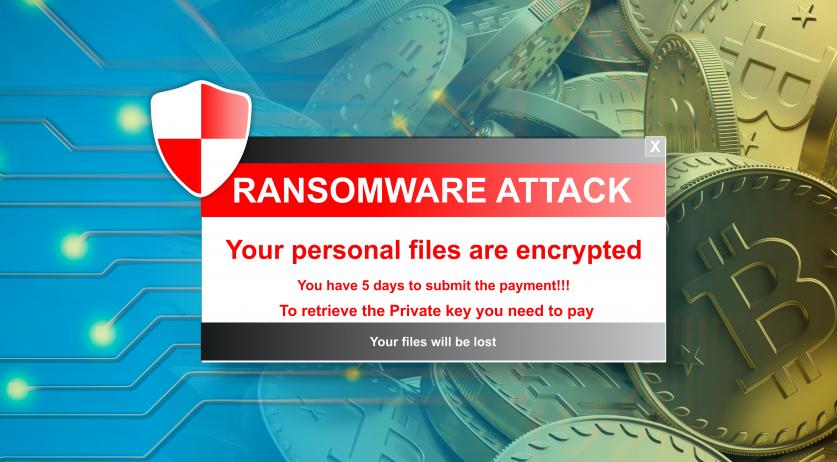Shark Tank Season 15 LIVE — Fans praise Arepas and ‘can’t wait to try them’ as Meggings fails to secure a deal
Thousands of individuals apply to be on show
Shark Tank can receive more than 100,000 applications every season, through the show’s website or during open casting calls to “audition, according to MentalFloss.
The show has around 31 episodes per season and producers are usually looking to fill close to 100 slots.
TJ Hale, the host of Shark Tank Podcast, which follows up on contestants and keeps a log of show statistics says “The odds are against you,” appearing on the show.
Get to know the sharks: Robert Herjavec
Robert Herjavec is a businessman born on September 14, 1962, in Varaždin, Croatia.
When he was seven, he and his family moved to Canada, where he later graduated with an English and Political Science degree from the University of Toronto.
Herjavec is the founder of BRAK Systems, a Canadian integrator of internet security software.
He sold the company to AT&T Canada in 2000 for $30.2million.
Three years later, he founded the Herjavec Group, which is one of the largest information technology and computer security companies in Canada.
Herjavec has been featured on reality TV series such as CBC’s Dragons’ Den and Shark Tank.
Get to know the sharks: Daymond John
It is believed that businessman and motivational speaker Daymond John has a net worth of $350million.
“Daymond John has come a long way from turning a $40 budget into FUBU, a $6 billion fashion game-changer,” reads his website.
“Throughout his career, Daymond has continued to be an entrepreneur in every sense of the word.
“He is not only a pioneer in the fashion industry but a Shark on the 4-time Emmy Award winning Shark Tank, a New York Times best-selling author, branding guru, and highly sought-after motivational speaker.”
FUBU is an American hip-hop apparel company launched by John and others. FUBU stands for “For Us, By Us.”
Get to know the sharks: Mr. Wonderful
Kevin O’Leary was born in Montreal, Quebec, Canada, on July 9, 1954. The 68-year-old is a businessman, author, politician, and television personality.
O’Leary has appeared in the business news programs SqueezePlay and The Lang and O’Leary Exchange.
Since 2009 he’s been a main cast member on ABC’s Shark…


